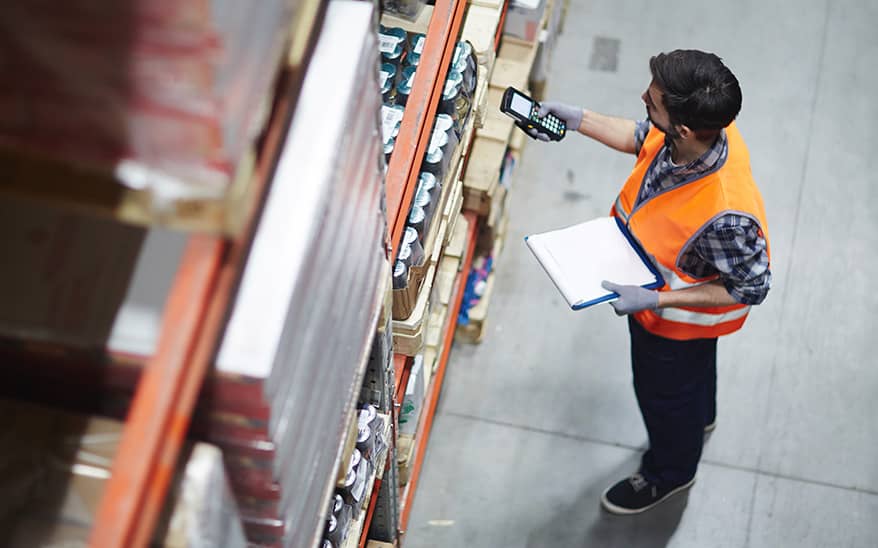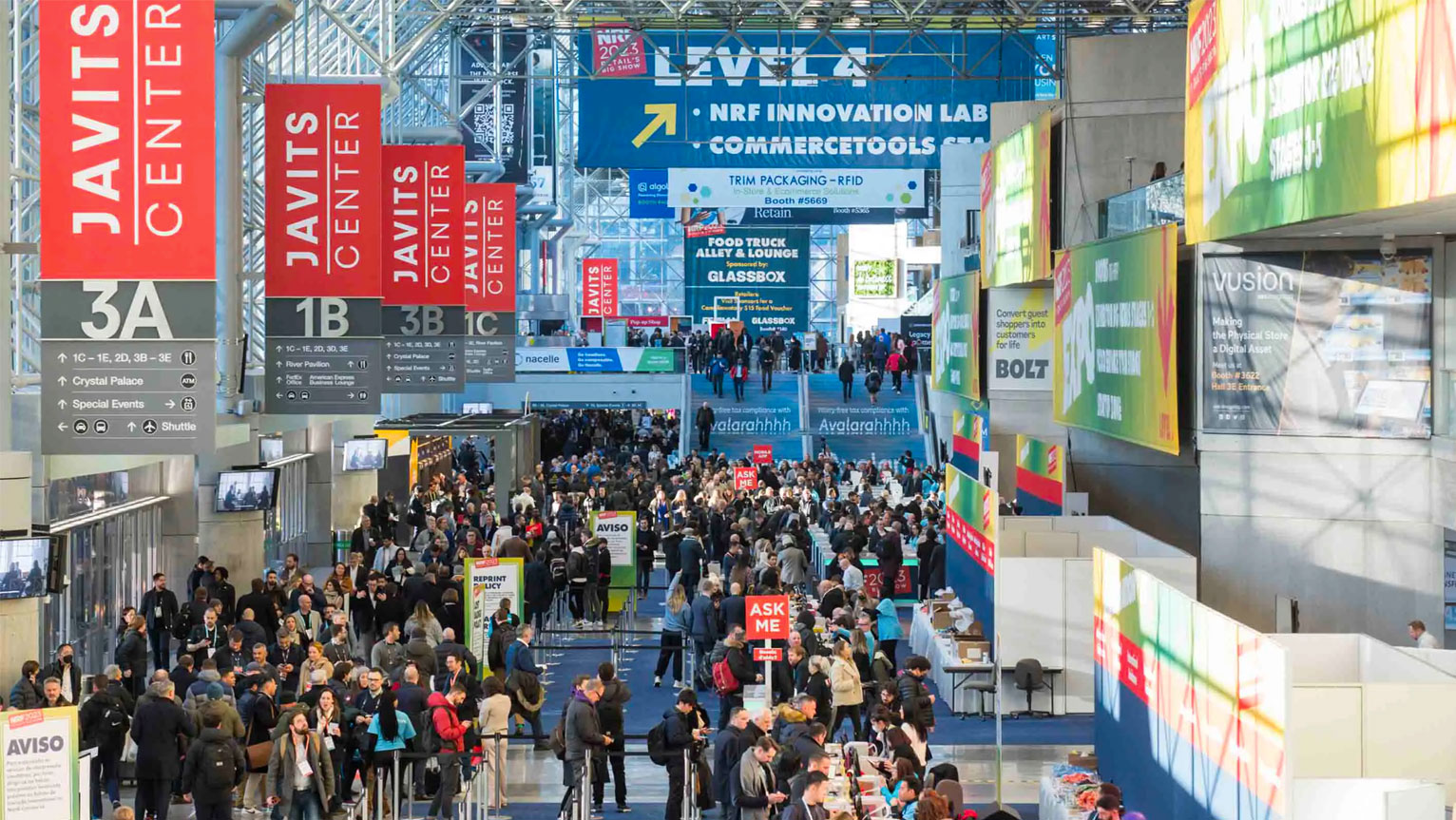Unified Flow: The Benefits of a Holistic Approach to Supply Chains
- 8 June 2023
- Pieter Van den Broecke
The retail landscape keeps evolving; ecommerce has been on the rise for years, but the past year has sent it into orbit and retailers are feeling the effects of this growth on their supply chains. The demand for warehousing space and staff has never been higher, and the same goes for the demand for long-distance transport capacity, as well as last-mile delivery too.
How can retailers cope with these changes, and what are the sensible choices they should make? Pieter Van den Broecke, Managing Director Netherlands, Belgium and Germany at Manhattan Associates, shares his view about the challenges retailers (in particular) are facing and how they can turn these difficulties to their advantage.
Flowing In
Looking at the inbound flow of goods from suppliers, companies can take different approaches when looking for areas of improvement, depending on the size of their supply chain.
- Short supply chains: think about inbound and your outbound flows. A unified supply chain that incorporates warehouse and transport management systems can help identify synergies and promote visibility.
- Mid-range supply chains: switch from being on the receiving end to collecting your orders. When you own or control your shipping channels, you are in the driver’s seat. That makes it easier to manage the flow of goods into and through your networks.
- Long-range supply chains: importing semi-finished instead of finished product gives you more flexibility in the final stages of your supply chain. Nearshoring or onshoring makes lead times shorter and can increase flexibility.
Flowing Through
There are different areas where retailers can improve the efficiency of their warehousing operation. Some of the potential improvements discussed in the articles below are automation, pulling orders instead of pushing orders, and gamification. Read up on that here, or listen to the podcast episode:
- Ready, Set, Go. Gamification in the Warehouse
- How to Increase Engagement and Efficiency in the Warehouse? Game On!
- Podcast: Warehouse Innovations and Warehouse Management Systems
Flowing Out
Complete visibility of your outbound flows is essential if you want to leverage economies of scale. Should you give your whole ecommerce volume to one of the leading parcel carriers, or is it more efficient to organise your ecommerce shipments locally and give them to a local hero to deliver?
Smaller local delivery companies may have better coverage, resulting in a better price point, better service, or both. Combining e-commerce, wholesale, and retail shipments is also an option if you have complete visibility of your goods across the entirety of the supply chain picture.
Another trend we are seeing is a move to shipping product to end-customers from micro fulfilment centres, partner hubs, or stores. This increase in locations increases both the need for visibility and the need for advanced planning systems to make sure the right product is at the right place at the right time as well as advanced order management systems to make sure the right product is sourced from the right place, at the right time, at the right costs.
Flowing Back
The increase in ecommerce shipments has also led to an increase in returns, making a seamless returns process more important than ever for two key reasons:
- Your customer wants an easy returns process to return an order with as little hassle as possible, making the returns process now an active customer experience touch-point
- You want a returns process where you have complete visibility of where your returns are and what the status of the returned product is, so you can make them available for sale as quickly as possible again
The higher the value of your products, the more critical it is to have returned product checked and back in stock as fast as possible. Whether you have a dedicated returns centre from where you ship re-stocked items, or you put them back in your main stock, you need the flexibility of a warehouse management system that utilises the returned stock effectively.
Unified Flows = Unified Supply Chains
Whatever part of your supply chain you are thinking of improving, it is crucial to have a holistic unified approach to your supply chain processes. Transportation management, order management, warehouse management, planning, these all need to be connected and working together.
Simply put, in an increasingly fast-paced digital, connected world, a siloed approach doesn’t cut it anymore. Every stage and element of a modern, agile and resilient supply should be tightly connected and intertwined - gone are the days of the siloed, legacy approach - enabling companies to leverage economies of scale and merge separate flows in a unified, data driven and future-ready supply chain.





